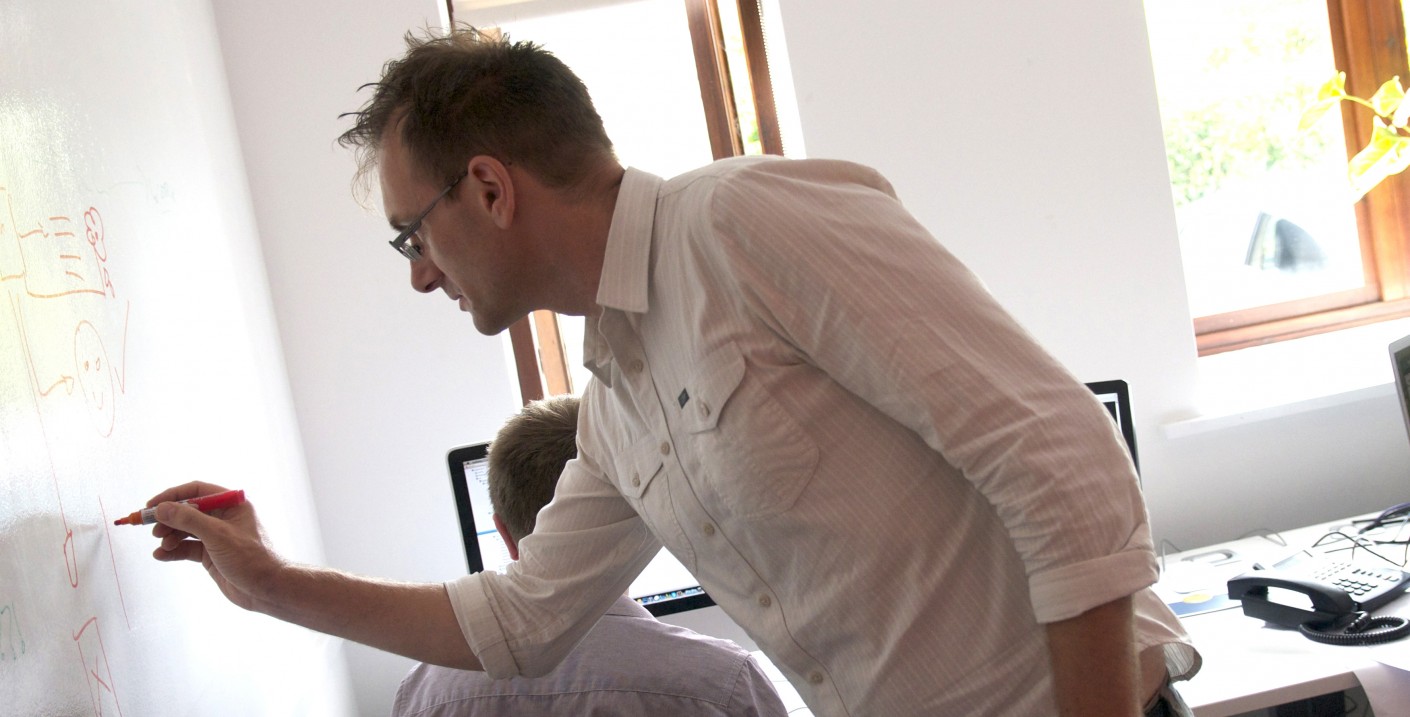
At its core, Digital Project Management is similar to traditional Project Management, but in Digital there are some additional problems to wrestle with.
Each product we create is a unique, custom-built, never-seen-before, shiny, brand new digital product. This is a wonderful thing, but it brings some challenges.
Complexity
A client’s requirements can be complex in themselves. When you try to crystallise requirements into technology, the complexity is often magnified. We need to make sure we understand the concepts and business processes so we can design and build a suitable system.
Scope
Brainstorming ideas can be inspirational – there’s no end to the fantastic ideas you can dream up, and with the constant evolution of digital media, almost anything is possible. But reigning in scope, and focussing resources on the business priorities will deliver the most suitable product.
Digital Landscape
Facebook, YouTube and Twitter are part of almost everybody’s lives, and the experience they deliver sets the standard for user’s expectations. We need to work with the tools available now, and those that will be here tomorrow to produce the most effective product for any given budget.
Change
During every project there is unanticipated, un-planned-for change. It can happen for all sorts of reasons: system upgrades, business strategy, or a flash of inpsiration. Traditional project managers are reluctant to accept change, but are forced to reluctantly update their beloved Gannt charts. Digital project managers embrace change – we look forward to change because it presents an opportunity to produce the best possible product.
Digital Project Managers use techniques to understand the business, maximise the clarity of communication between everyone involved, and to focus resources on delivering return on investment.
